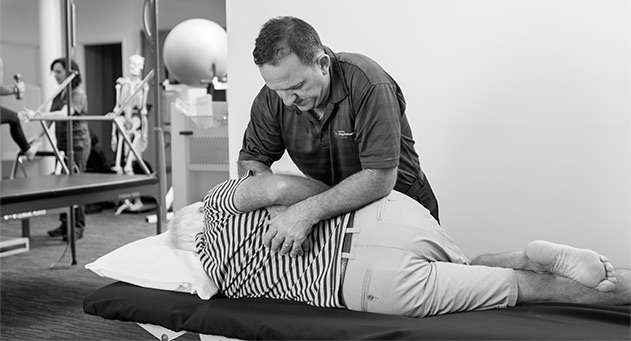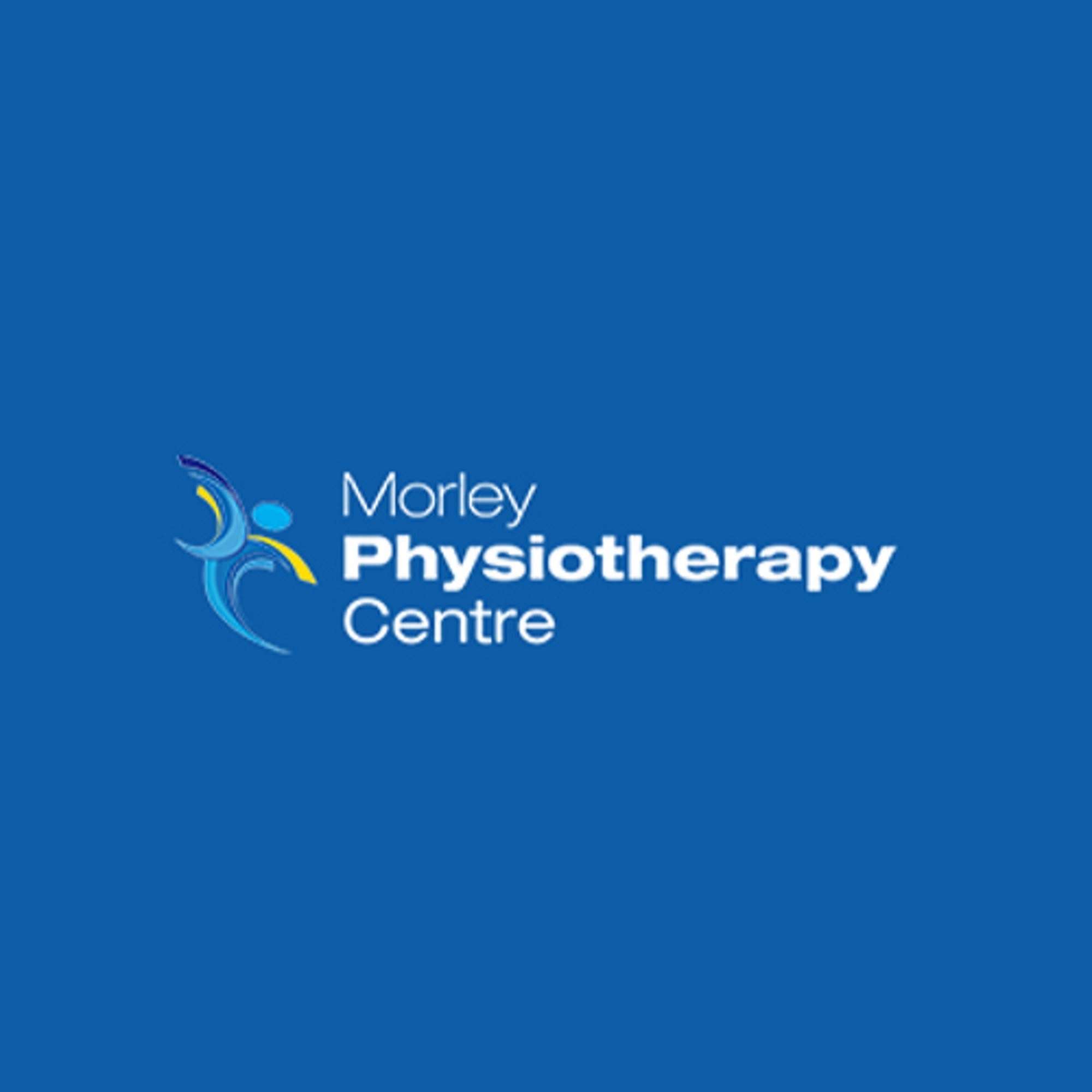Dry Needling: A Modern Approach to Pain Relief and Muscle Recovery
Dry needling is a treatment method that uses fine needles inserted into muscle tissue. This technique aims to reduce pain, restore movement, and support muscle recovery. Its use has grown among physiotherapists in Australia as a treatment option for various musculoskeletal issues. This article explains dry needling, its working mechanism, and its potential benefits.
What is Dry Needling?
Dry needling Dianella involves the insertion of small, solid filiform needles into trigger points and tight bands within muscles. Unlike acupuncture, which is based on traditional Chinese medicine, dry needling is founded on Western medicine principles. The approach focuses on identifying areas of muscle that are overly tight or painful. Once the needles reach these trigger points, they can help release tension, reduce inflammation, and restore normal muscle function.
Physiotherapists often use dry needling to treat conditions such as:
Muscle strains
Chronic back and neck pain
Tendon issues
Sports-related injuries
This method is not intended to replace other treatment techniques but is used in conjunction with exercise, manual therapy, and patient education.
How Dry Needling Works
The process begins with a thorough assessment of the affected muscle groups. During the treatment, a physiotherapist carefully inserts the needle into the targeted muscle. The insertion can create a local twitch response, which is a brief contraction of the muscle. This response is thought to help release the tension stored in the muscle fibres.
The treatment is usually performed in sessions, with the number of visits depending on the severity of the pain or injury. Dry needling may be used along with other interventions to improve movement, reduce pain, and help patients return to their daily activities sooner.
Benefits of Dry Needling
Dianella dry needling has several advantages for those experiencing muscular pain and discomfort. Some benefits include:
Pain Relief: Many patients report a reduction in pain shortly after treatment. The release of muscle tension helps ease discomfort and can lower overall pain levels.
Improved Range of Motion: By reducing muscle tightness, dry needling may assist in restoring normal movement. This can lead to better performance in daily tasks and sports activities.
Faster Recovery: For athletes and active individuals, the treatment can speed up the recovery process after an injury. Restoring muscle function quickly allows for a safer return to regular activities.
Enhanced Muscle Function: Dry needling may promote better circulation and reduce muscle spasms. This supports overall muscle health and can improve strength and flexibility over time.
Who Can Benefit?
Many patients can benefit from dry needling in Dianella. It is often used by those who suffer from chronic pain, sports injuries, or repetitive strain injuries. Individuals experiencing discomfort in the back, neck, or shoulders might consider dry needling as part of their treatment plan. A thorough consultation with a healthcare provider is necessary to determine if this technique suits a patient’s specific needs.
All in all, dry needling offers an alternative treatment for muscle pain and movement issues. By targeting trigger points directly, it can lead to significant relief and improved function. Australian physiotherapists are increasingly incorporating this method into their practice, recognising its role in a comprehensive treatment plan. Patients seeking pain relief and enhanced muscle recovery should discuss dry needling with their healthcare provider to decide if it fits their overall therapy goals.













